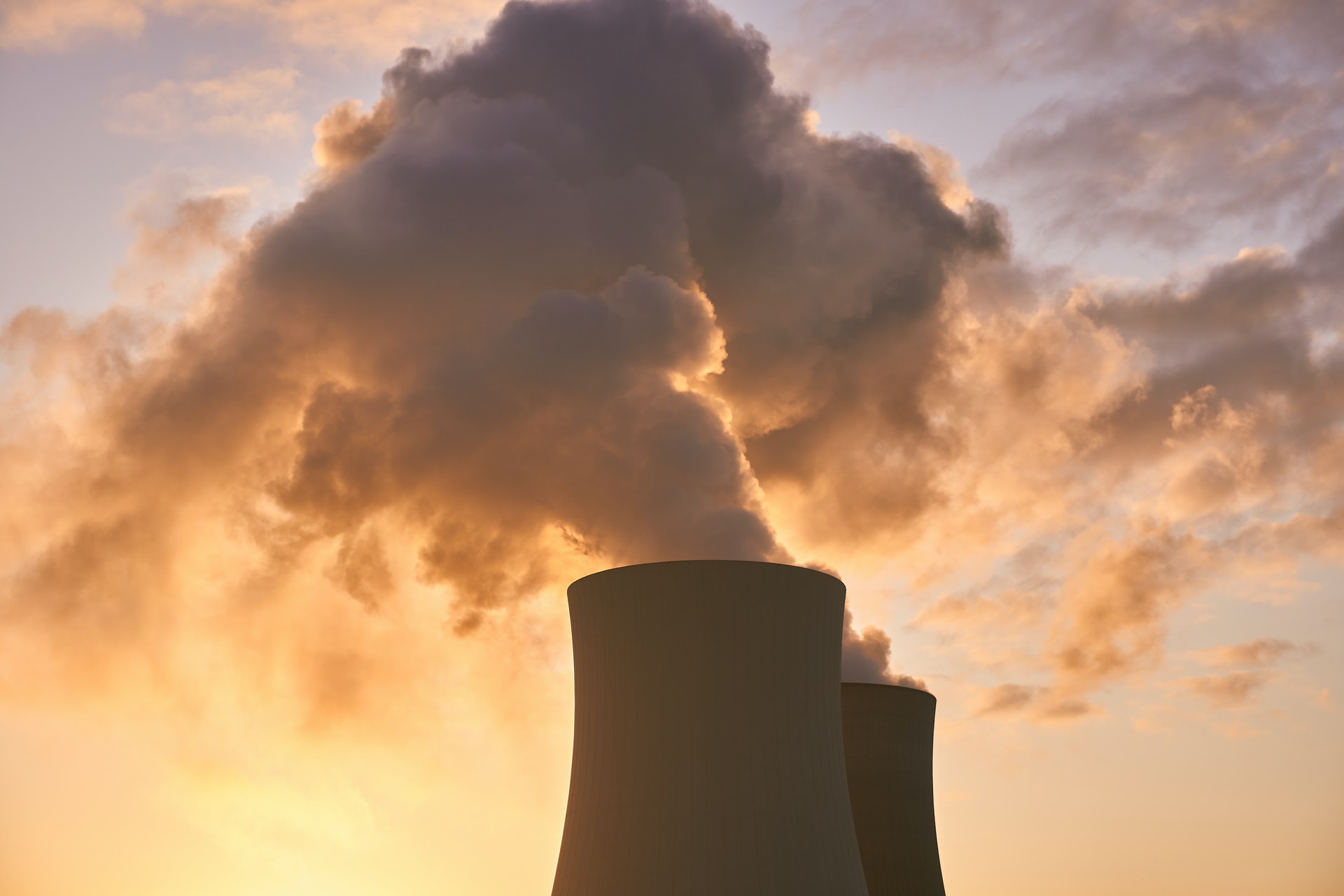
Carbon, capture, utilization, and storage (CCUS) is a complex value chain that requires progress in each segment to enable a global energy transition successfully. The four segments of the CCUS value chain, capture, transportation, storage, and use- are seeing varying level of progress.
Capture should work more efficiently with power plants, and their CO-concentrated streams than ambient air, but new direct air capture (DAC) technologies are garnering a lot of attention. Storage is done both offshore and onshore, and new storage technologies can metalize carbon oxide into rocks by keeping it underground for two years. Transportation of captured carbon dioxide has developed with the deployment of pipeline networks and ships but faces challenges of high operating costs. The use of captured or transported CO2 is done with new technologies transforming them into jet fuels, diamonds, alcohol, auto parts, lenses, chemicals, and building products, along with expanded use in oil recovery.
The new Inflation Reduction Act (IRA) is making the 45Q credit more attractive for CCUS projects and technology developers. This reflects a significant rise of interest in CCUS. ADI has identified a few examples of recent progress in the CCUS value, as shown in Exhibit 1.

Exhibit 1- Progress across the CCUS value chain (Source: ADI Analytics)
Progress in the CCUS value chain
Capture
Mitsubishi Heavy Industries (MHI) has launched a new amine-based solvent (KS-21TM) for capturing CO2 out of exhaust gases. The solvent can be re-generated by heating it to release CO2. MHI has claimed 99.8% capture using this integrated engineered process.
Heirloom and Carbon Engineering continue to focus on commercializing their DAC technologies. Capital investment in CCUS is also growing. For example, the New Frontier Fund launched by Stripe, Alphabet, Shopify, Meta, and McKinsey collectively committed $925 million to take CCUS projects beyond the 45Q tax credit motivation.
Storage
Similarly, we are seeing several companies developing storage projects and technologies. ExxonMobil has committed $3 billion to capture CO2 from industrial plants and store it in hubs around the world. Companies such as Chevron and Prometheus plan to store captured CO2 and use it for natural gas and synfuels. Carbfix is storing CO2 by capturing it under water and injecting it into subsurface basalts.
Transportation
Danish shipping companies Evergas and Ultragas have established Dan-Unity CO2, the first shipping company specializing in vessels transporting captured CO2 for storage and re-use. Carbon Collectors, a Dutch company, transports CO2 by barging it to an offshore storage location using marine operations and CO2 pressurized in liquid form.
Use
Climate technology developer LanzaTech raised $4.1 million from the Department of Energy (DOE) to produce and transport ethanol, chemicals, and fuels, using CO2. Companies such as BP, Shell Energy, Equinor, and, NET Power have been developing CCUS for gas-fired power generation and carbon-neutral natural gas power plants.
Carbon dioxide is used for oil recovery and synfuels by companies such as New Light technologies, Fixing CO2, NRG Energy, and Duke Energy. Proman and Global Energy Group have planned to use CO2 for green methanol production. CO2 conversions are used to produce polymers, chemical binders, and plastics by companies such as Econic Technologies, Empower Materials, and Novomer.
Going Blue
ADI Analytics is pleased to share Going Blue; a new blog series focused on CCS in the oil and gas industry. Read our previous blog in this series to gain some insight as to how CCS is growing across the oil and gas value chain, stay up to date with new blogs by subscribing to our newsletter, and contact us to see how ADI can assist you in CCS projects.
– Neha Mishra



















